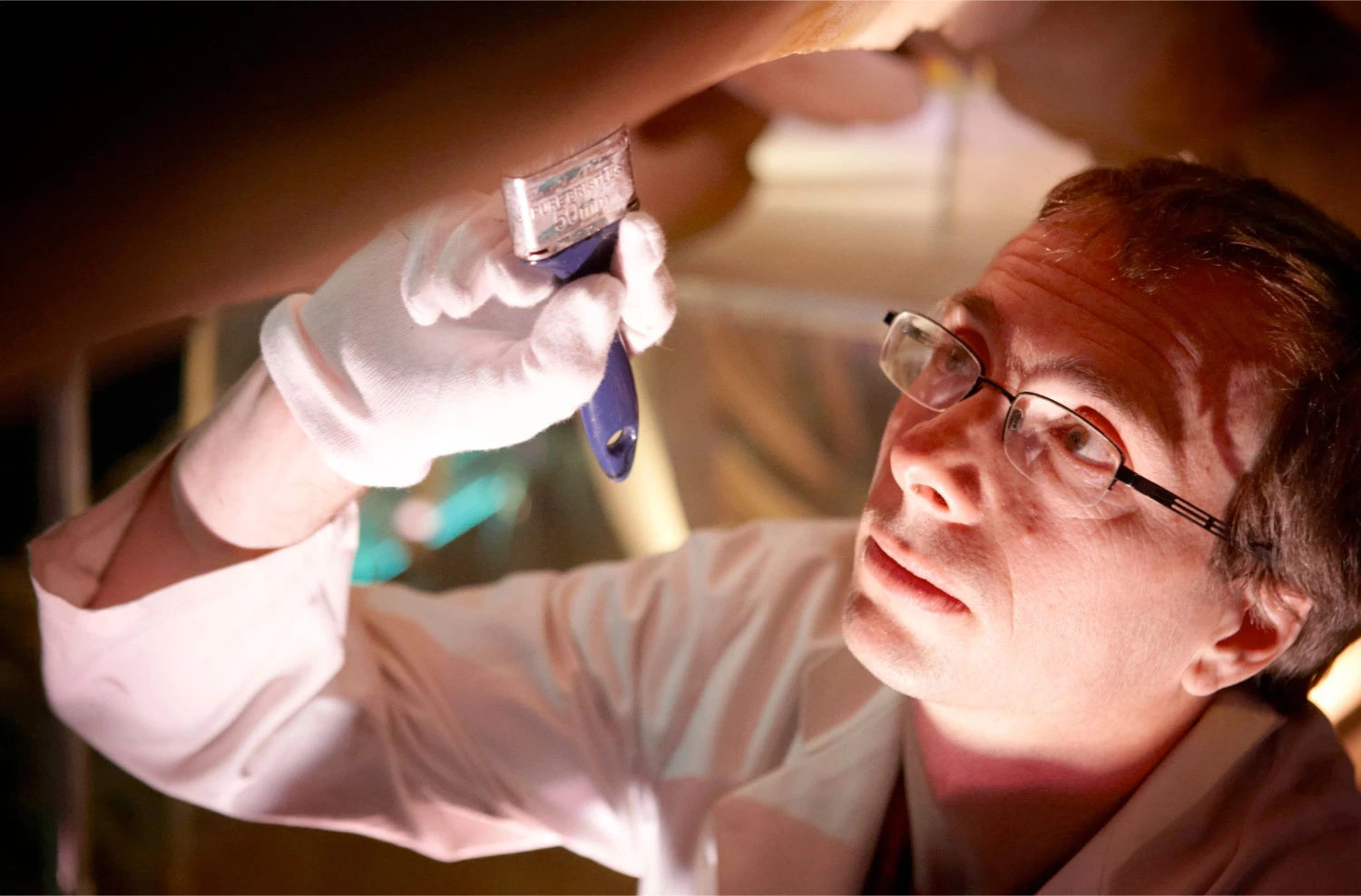False Widow Spiders: not really that horrible…
, 25 Hydref 2013
There has been a great deal of press attention recently on the ‘false black widow spider’. Sadly allot of this information has been unnecessarily alarmist and often wrong. So what is this spider?
The term ‘false widow spider’ has arisen because the spiders look very like the real ‘black widow’ spider. There is good reason for this - the spiders are closely related and belong to the same taxonomic family, the Therididae.
This spider family is very large, and is made up of many different genre, or species groups, of spider e.g. ‘black widows’ belong to the genus Latrodextus, whilst the ‘false widows’ belong to a different genus called Steatoda. So whilst they are related, they are different enough to belong to different taxonomic species groups.
Of these two spider groups only Steatoda is found in the UK. In total we have seven species of Steatoda, six of which are native and one of which is an introduction. Of these species at least three get called the ‘false widows’ – these are S. bipunctata, S. grossa and S. nobilis. The only way these spiders can be accurately identified is by checking key diagnostic characters as the abdominal patterns can be very variable.
S. nobilis, and to a lesser extend, S. grossa are the species causing the concern. They can inflict a painful bite, and very rarely these bites can cause more severe medical issues. However these are not aggressive spiders and will only bite if trapped or badly handled.
So are there plagues of these spiders this year? Well certainly not to my knowledge. This time of year we have large numbers of the ‘orb web’ spiders around our homes and gardens and many of the so called ‘false widow’ reports are actually these common and harmless spiders.
Even if you have a species such as S. nobilis around your garden or shed, you still should not be worried. Contrary to press reports they do not gather to attack you. In fact they would rather be left alone in the quite, dark corners where you usually find them. This posting on the Natural History Museums website provides a sensible overview of these spiders and their habits.
If you do find a spider you are concerned about then I’m happy to try and identify it. If you can get a good image then do so, and email it across. If you have the spider and can get it to the museum then drop if off for my attention – the front desk aren’t always too happy about having live spiders delivered so make sure the lid is secure!


sylw - (1)
I think I've found a false widow spider and just want confirmation. It's hiding out in a small hole in a wall crack in a public space by the River Thames in Wandsworth.
I have a picture - thought it best left alone, so only took a few pics.
Would appreciate your expert help in identifying.
Thanks ever so much
Helen Geary